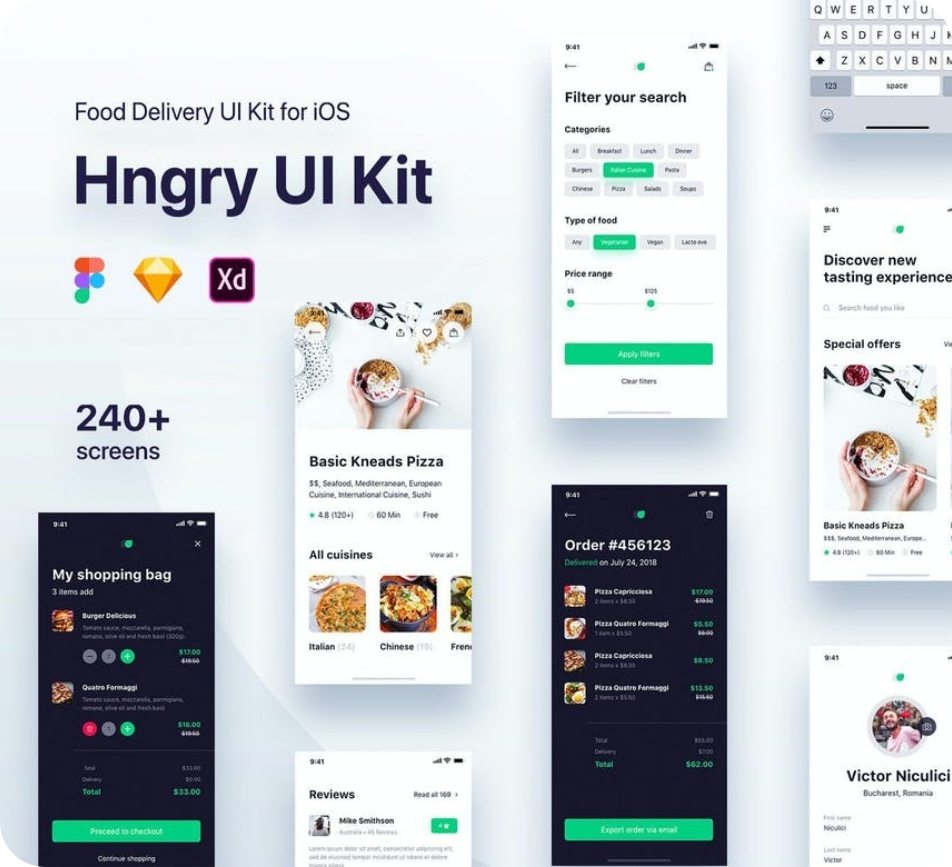In today’s digital age, businesses of all sizes have turned to digital marketing to help them reach their target audience and grow their online presence. Digital marketing Strategies involves using a variety of online channels and techniques to promote a business, product or service. It can include everything from search engine optimization (SEO) and pay-per-click (PPC) advertising, to social media marketing, email marketing, and content marketing. In this blog, we will explore the different aspects of digital marketing and How they can be used to achieve business goals.
Digital Marketing Strategy
Search Engine Optimization (SEO) for Digital Marketing
SEO is the process of optimizing a website to improve its ranking in search engine results pages (SERPs). The goal of SEO is to increase organic traffic to a website by making it more visible and accessible to users who are searching for relevant keywords. However, SEO involves a combination of on-page and off-page techniques, including keyword research, website optimization, link building, and content creation.
Keyword research is the process of identifying the search terms and phrases that people use to find products or services related to your business. Once you have identified again your target keywords, you can optimize your website by using them in your content, meta descriptions, and title tags. Website optimization involves making sure that your website is fast, mobile-friendly, and easy to navigate. Link building involves acquiring high-quality links from other websites that point back to your site. Therefore, content creation involves Digital Marketing Courses creating high-quality, informative content that is optimized for your target keywords and provides value to your audience.


Pay-Per-Click (PPC) Advertising
PPC advertising involves paying for clicks on your ads. When you run a PPC campaign, you bid on keywords and pay a certain amount every time someone clicks on your ad. PPC advertising can be a highly effective way to drive traffic to your website and generate leads and sales. However, it can also be expensive, so it’s important to carefully monitor and optimize your campaigns to get the best results.
Digital Marketing PPc
To get started with PPC advertising, you’ll need to choose a platform to advertise on, such as Google Ads, Facebook Ads, or LinkedIn Ads. You’ll also need to set a budget for your campaign and create ad copy and creatives that are compelling and relevant to your target audience. Finally, you’ll need to track your results and make adjustments to your campaigns as necessary to improve performance.
Social Media Marketing
Whereas Social media marketing involves using social media platforms like Facebook, Twitter, and Instagram to promote your business and engage with your audience. Social media can be a highly effective way to build brand awareness, drive traffic to your website, and generate leads and sales. To succeed with social media marketing, it’s important to have a clear strategy in place that aligns with your business goals and target audience.
Digital marketing
To get started with social media marketing, you’ll need to choose the platforms that are most relevant to your target audience and create a profile for your business. You’ll also need to create a content calendar and plan your posts in advance, so that you can consistently share high-quality, engaging content with your followers. Finally, you’ll need to monitor your results and adjust your strategy as necessary to improve engagement and conversion rates.
Email Marketing
The Email marketing involves using email to promote your business and communicate with your audience. Email marketing can be a highly effective way to nurture leads, build relationships with customers, and promote new products or services. To succeed with email marketing, it’s important to have a clear strategy in place that aligns with your business goals and target audience.
Email marketing, you’ll need to build a list of subscribers who have opted in to receive your emails. You’ll also need to create a content calendar and plan your emails in advance, so that you can consistently share high-quality, engaging content with your subscribers. Finally, you’ll need to monitor
